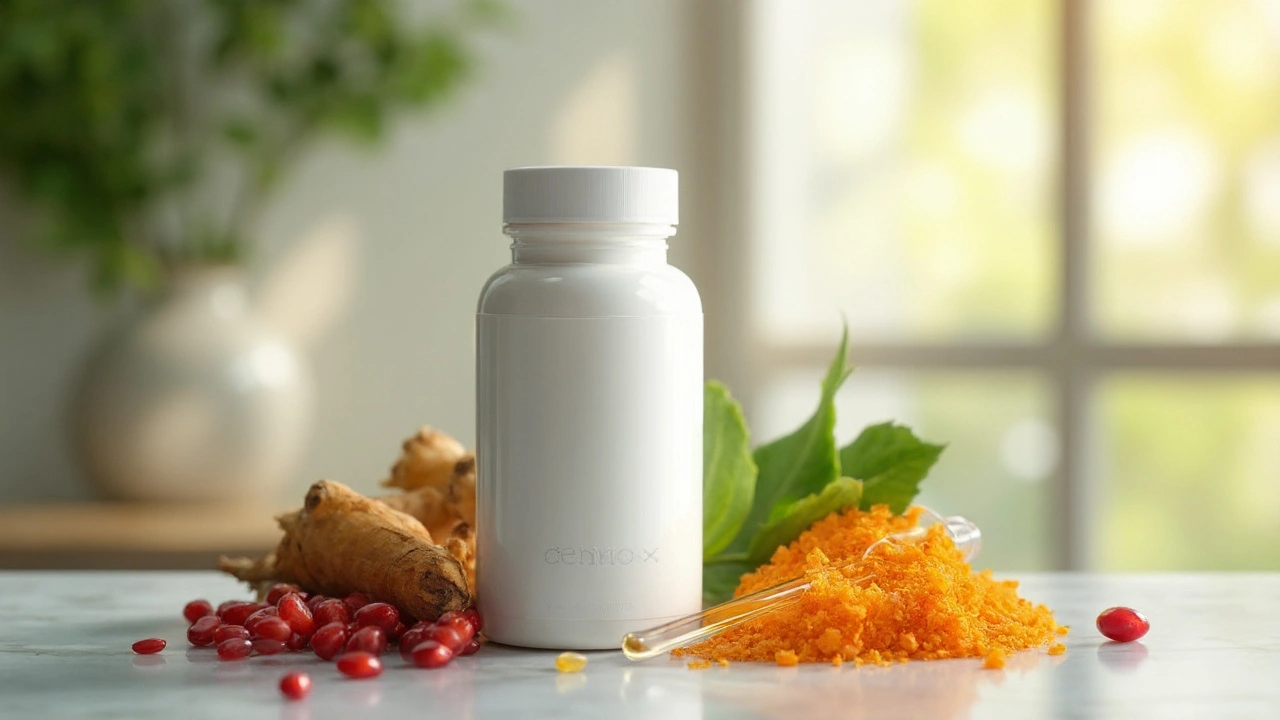Anti-Aging Supplement Guide: What Works and How to Use It
If you’re looking to feel younger for longer, a good supplement can help fill gaps in your diet and support the body’s natural repair processes. The market is crowded, so you need clear facts instead of hype. Below you’ll find the top ingredients that actually show benefits, plus practical advice on choosing a safe product and using it right.
Top Ingredients to Look For
Most anti‑aging formulas focus on a few well‑studied compounds. Coenzyme Q10 (CoQ10) helps cells produce energy and reduces oxidative stress, which can keep skin and muscles looking healthier. Resveratrol, a plant polyphenol, activates pathways linked to longevity and improves blood flow. Vitamin C and E are classic antioxidants; together they protect skin from damage caused by UV light and pollution.
Newer options include nicotinamide riboside (NR) or nicotinamide mononucleotide (NMN). These boost NAD+ levels, a molecule that declines with age and is crucial for DNA repair. Collagen peptides provide the building blocks for skin, joints, and tendons, and many users notice smoother skin after a few weeks.
When a supplement combines two or three of these ingredients, you often get a stronger effect without taking a lot of pills. Look for products that list the exact amount of each active, not just a vague “blend.”
How to Choose a Safe and Effective Product
First, check the label for third‑party testing. Certifications from NSF, USP, or ConsumerLab mean the company has verified purity and potency. Avoid products that promise “miracle” results or use proprietary blends that hide dosages.
Second, read the ingredient list for fillers, artificial colors, or allergens. Simple formulas with minimal extra ingredients are usually easier on the gut.
Third, match the dosage to the research. For example, studies on CoQ10 often use 100‑200 mg per day, while resveratrol doses range from 150‑500 mg. If a product provides far less, it may not deliver the benefits you expect.
Finally, consider any medicines you’re already taking. Some anti‑aging supplements, like high‑dose vitamin E, can interact with blood thinners. When in doubt, ask a pharmacist or your doctor before starting.
To get the most out of your supplement, take it with food that contains some fat—most antioxidants are better absorbed that way. Stick to the recommended dose; more isn’t always better and can raise the risk of side effects.
By focusing on proven ingredients, checking for quality seals, and matching doses to the science, you can pick an anti‑aging supplement that actually helps. Pair it with a balanced diet, regular movement, and good sleep, and you’ll give your body the best chance to stay youthful and strong.
Cenmox Review: Benefits, Risks, and How to Use the Anti‑Aging Supplement
A deep dive into Cenmox - what it claims, key ingredients, how to take it, potential side effects, and whether it lives up to the hype for anti‑aging support.
